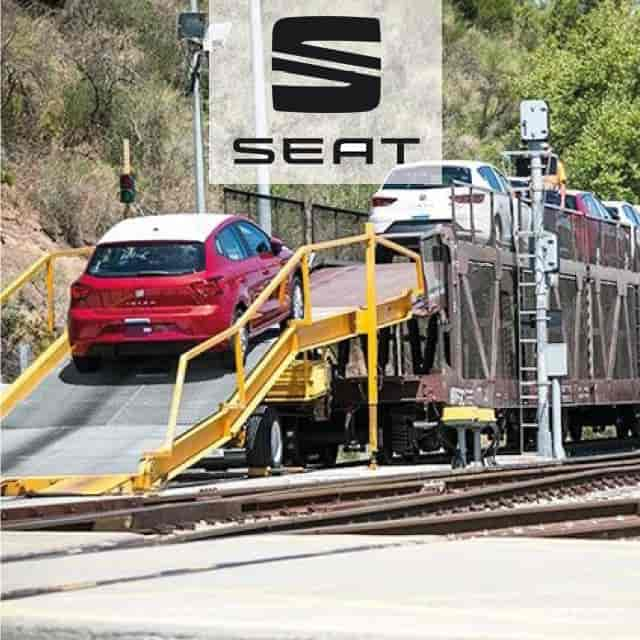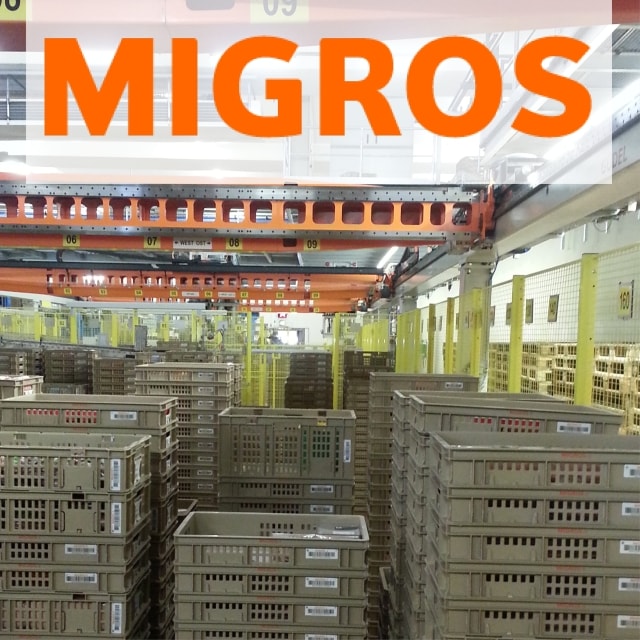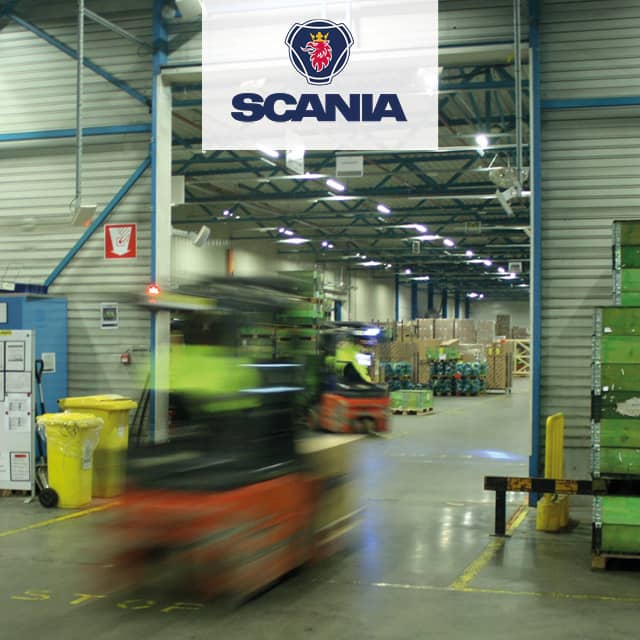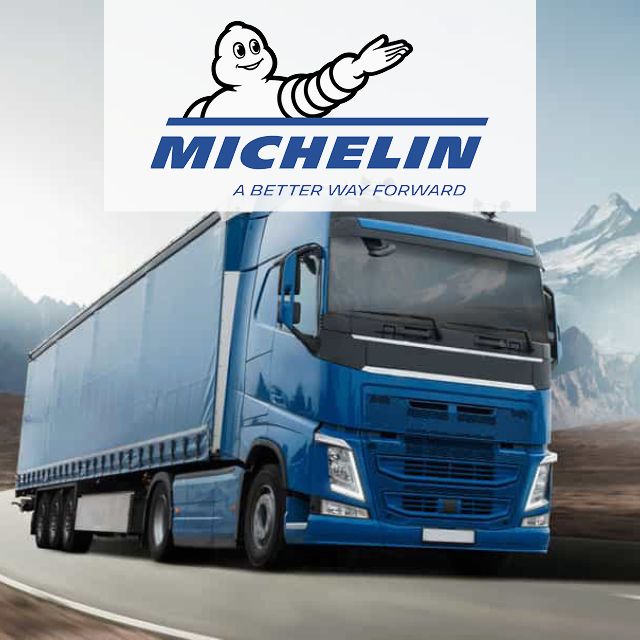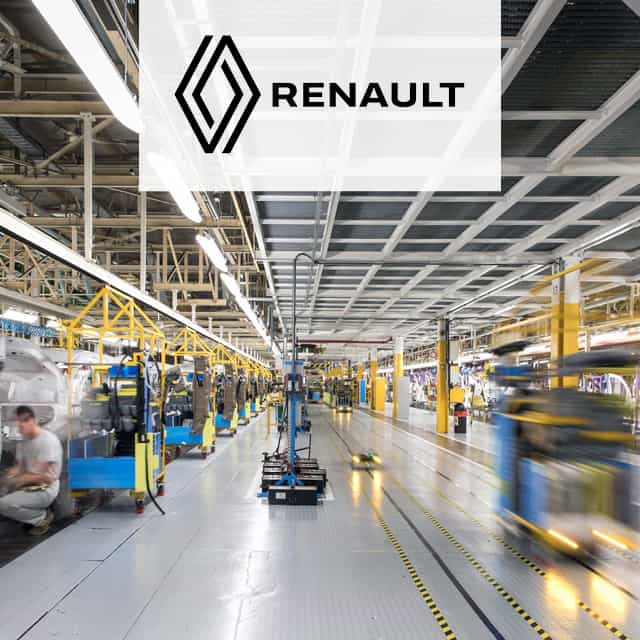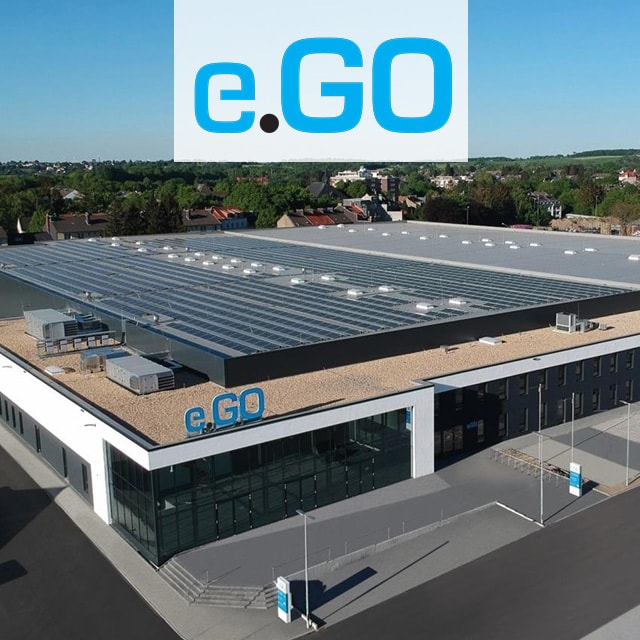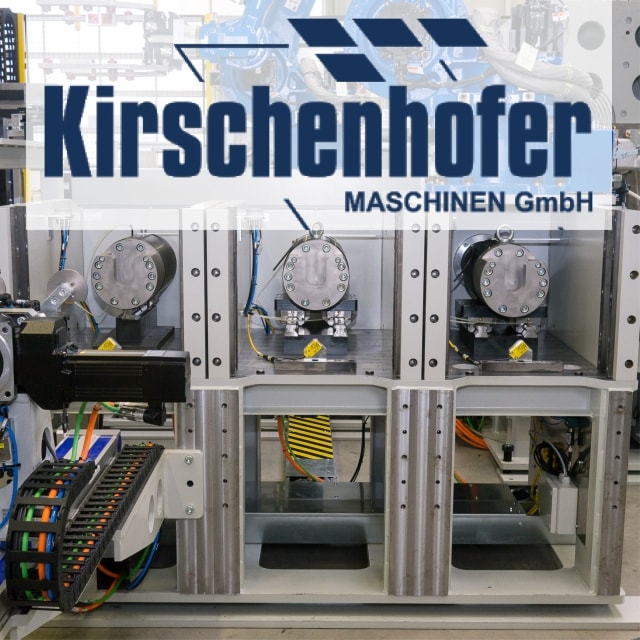
Production of up to 60 different catalytic converters with RFID
The company Kirschenhofer Maschinen manufactures production facilities for catalytic converters with integrated RFID solutions.
In a production unit for truck catalytic converters designed to customer order, the company produces around 60 different types. RFID technology ensures the correct choice of tools for the production process.
Kirschenhofer Maschinen builds special machines for the automotive industry and employs 40 people. The company's 185 machines and 100 systems for emissions technology are operational in 18 countries worldwide.
Process Requirements
The production of catalysts has a high diversity of variants. Up to 60 different types of catalytic converters are produced on custom-built assembly lines for catalytic converters of a major truck manufacturer. 20 different tools are used in the production unit.
The catalytic converters are of different sizes, with round, oval or polygonal cross-sections. The products are manufactured using hard or soft stuffing processes.
The batch of pipes, fiber mats and mono blocks that were fitted in each catalytic converter must also still be traceable after ten years. This enables any costs or image damage to be kept to a minimum in the event of any recall action.
Empty and full pipes for the production of catalytic converters are transported between two processing stations by means of robot grippers.
Objective
- Production of all 60 variants without changeover times of the production machine
- Traceability of the materials used for 10 or more years
- Reduction of costs and image damage due to possible recall actions
- Automatic control of the pneumatic gripper pressure depending on whether the pipe is empty or full
Solution
Tool identification in the production unit is guaranteed by a HF RFID solution. HF data carriers are embedded in the metal body of each individual tool. HF-write-read heads are installed at the tool holders. The installed read-write head has an overall height of 14 millimeters and offers a maximum read-write distance of up to 72 millimeters. In the metal environment of the Kirschenhofer machine, the reading range is shorter. This distance is sufficient to protect the read-write head from collisions with the tool.
An IP67 module is used for communication with the gripping pressure during tube transport of the corresponding analogue values to the pneumatic valve. The module is mounted directly on the robot arm and transmits the parameters from the controller to the valve. Another module with analog inputs returns the analog parameters of the pneumatic valve to the controller.
The corresponding analog values are communicated to the pneumatic valve via Turck's Profinet block I/O TBEN-S2-4AO. The IP67 module is fitted directly on the robot arm and passes on the values from the controller to the valve. A TBEN-S2-4AI module with analog inputs returns the analog values of the pneumatic valve to the controller.
Technology Partner
- Turck – RFID- and Profinet-Hardware
Hardware & Software
- Turck: HF-read/write head TN-Q14
- Turck: HF-data carrier TW-R30-M-K2
- Turck: Profinet-I/O-Modul TBEN-S2-4AO
- Turck: Profinet-I/O-Modul TBENS1-8DXP
Advantages
- Prevention of damage and loss of production in the catalytic converter manufacturing process due to incorrect tool use
- Reduction of costs and damage to the company's image in the event of a possible recall action to a minimum
- One Profinet cable and one power supply instead of a complex and costly cabling
- Optional wear detection on customer request
Outlook
- Kirschenhofer also plans to use the TBEN-S2-RFID modules from Turck in the future. These can connect up to 32 addressable read-write heads in the so-called bus mode in linear topology. This reduces the wiring effort from the read-write heads to the RFID interface. In addition, fewer interfaces are required, which in turn saves costs and space.
Learn More
Questions? Get in contact with the editorial team!
Technologies
Application Fields










